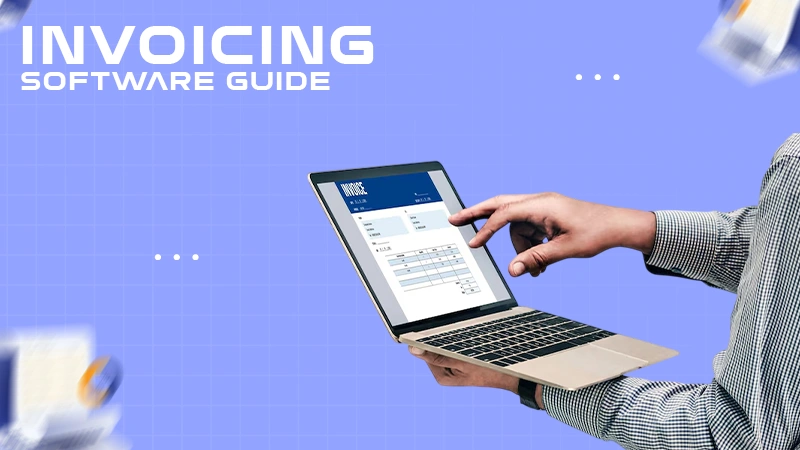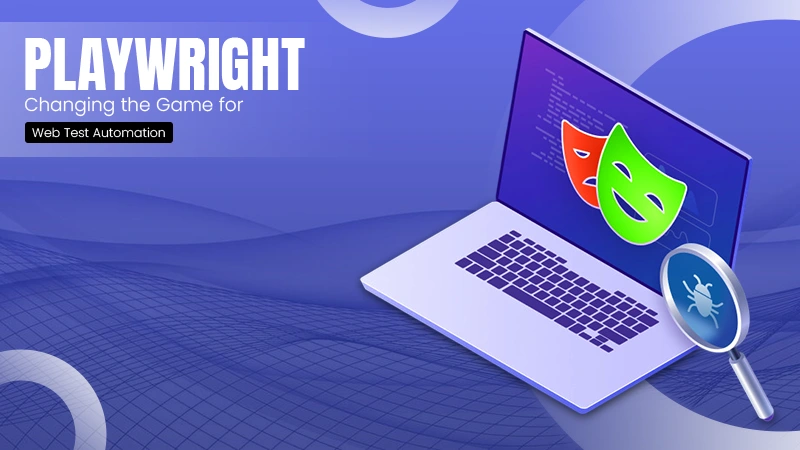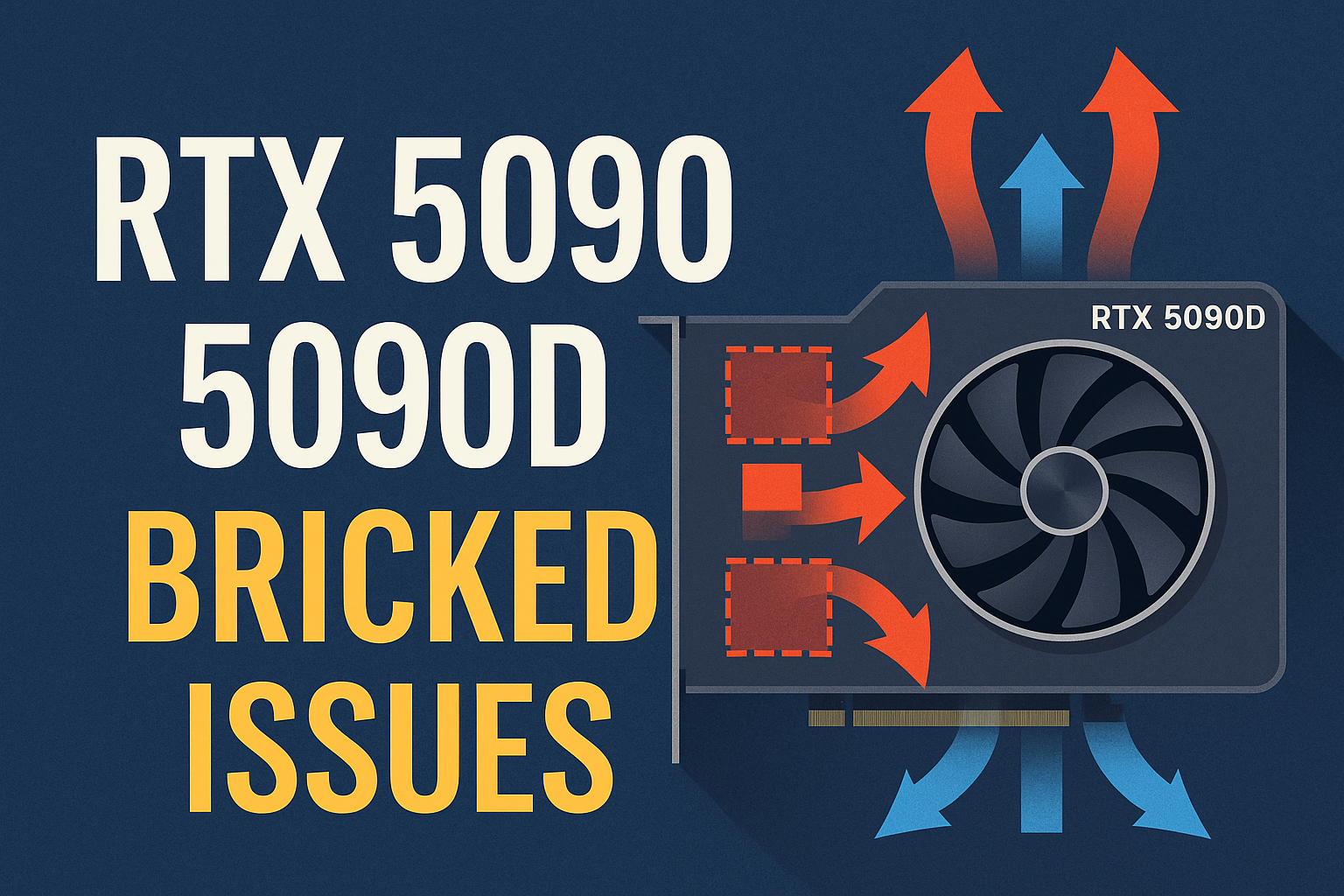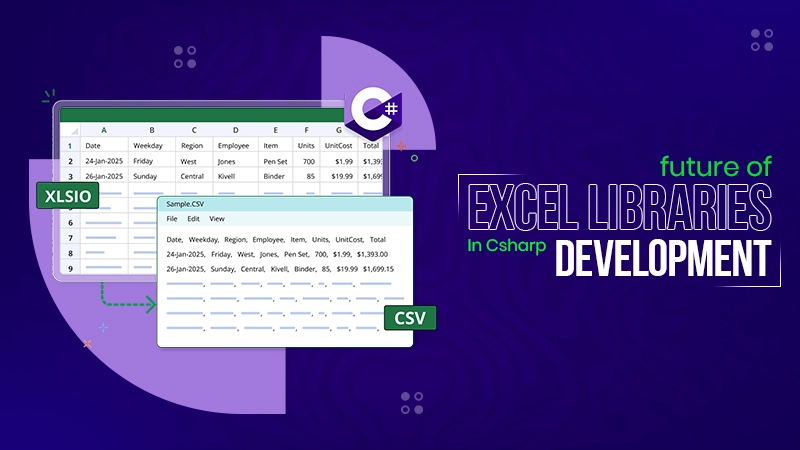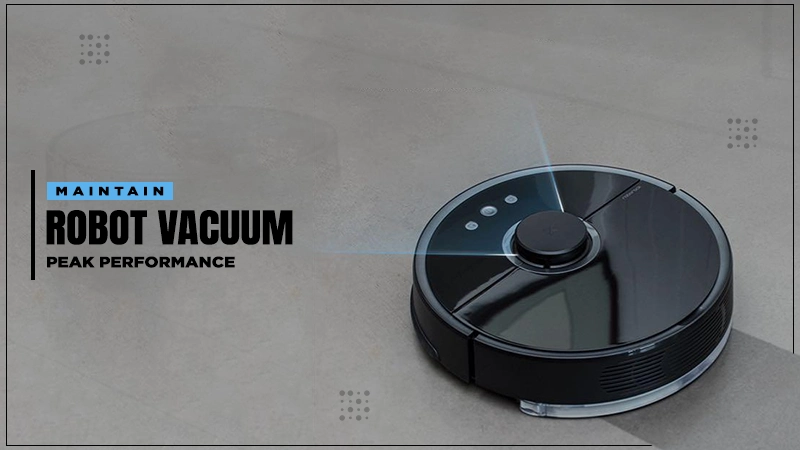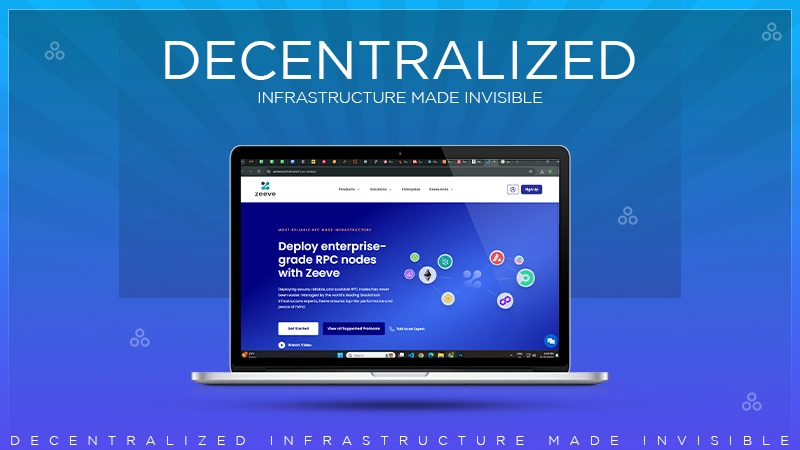Your estimators are working on a $12 million commercial bid, pulling historical cost data, uploading subcontractor quotes, and running complex calculations. Meanwhile, your network is treating this critical business application the same way it handles someone streaming YouTube videos during lunch.
That’s the fundamental problem with how most construction companies approach IT solutions for construction industry software – they assume all applications are created equal. They’re not. And your estimating software, specifically, has network requirements that can make or break your ability to win profitable projects.
Let me explain why your current network setup is probably costing you bids without you even realizing it.
The Estimating Software Reality That IT Providers Miss
Most IT solutions for construction industry deployments treat estimating software like any other business application. Install it, make sure it connects to the server, call it done. But estimating platforms like Sage Estimating, ProEst, or HCSS HeavyBid have unique characteristics that require specialized network configuration:
The Data Intensity Problem
Modern estimating isn’t just spreadsheets anymore. Your estimators are:
- Accessing databases with millions of historical cost records
- Loading 3D models and BIM data for quantity takeoffs
- Processing simultaneous subcontractor quotes (often 40+ at once)
- Running complex calculations across multiple assemblies
- Syncing with project management and accounting systems in real-time
Each of these actions generates massive data flows that most network architectures aren’t optimized to handle.
The Timing Critical Nature
When you’re three hours from bid deadline and your estimating software freezes while loading material costs, that’s not just frustrating – it’s potentially disqualifying. I’ve seen general contractors lose $8 million projects because their estimate was 15 minutes late due to system performance issues.
Standard IT solutions for construction industry rarely account for these high-stakes timing requirements.
The Multi-User Collision Course
During bid season, you might have:
- Three estimators working on different projects
- Two assistants updating historical costs
- A PM pulling data for change orders
- Accounting reconciling completed job costs
All hitting the same database simultaneously. Without proper network architecture, this becomes a bottleneck nightmare where everyone’s productivity grinds to a halt.
Why Your Current Network Setup is Sabotaging Bids
The typical construction company network was designed for general business use – email, web browsing, basic file sharing. It’s completely unprepared for the demands of professional estimating software.
The Database Query Bottleneck
Estimating software lives and dies by database queries. A single estimate might generate:
- 500+ queries to retrieve material costs
- 200+ queries for labor rates
- 300+ queries for equipment pricing
- Hundreds more for assemblies, markups, and historical data
If your network treats each query like any other piece of data traffic, response times balloon. That “calculating” spinner that lasts 45 seconds? That’s your network’s fault, not the software’s.
The Cloud-Local Architecture Conflict
Many modern IT solutions for construction industry push everything to the cloud. Sounds great until you realize your estimating software needs:
- Local database instances for speed
- Cloud sync for collaboration
- Hybrid access for mobile estimators
- Specific routing for optimal performance
Get this architecture wrong, and you’re forcing data to take unnecessary trips to the cloud and back when it should stay local.
The Bandwidth Allocation Failure
Your network probably allocates bandwidth democratically – everyone gets their fair share. But during bid preparation, estimating should get priority. Instead:
- The intern watching training videos gets the same bandwidth as the estimator accessing critical pricing data
- File downloads compete with database queries
- Video calls to subcontractors throttle the estimating software’s database connections
- Background updates choke the network right when you need it most
The Network Architecture Estimating Software Actually Needs
Proper IT solutions for construction industry deployments require a fundamentally different approach to network design when estimating software is involved.
Dedicated Database Pathways
Your estimating database deserves:
- Dedicated network segments with guaranteed bandwidth
- Quality of Service (QoS) rules prioritizing database traffic
- Direct connections bypassing unnecessary network hops
- Optimized routing that minimizes latency
This can reduce query response times by 70-80%, making your estimating software feel dramatically faster.
The Hybrid Storage Strategy
Instead of all-cloud or all-local, sophisticated IT solutions for construction industry use:
- Local SSD-based database servers for active estimates
- Cloud storage for historical data archives
- Automatic tiering that moves older data to cloud storage
- Smart caching that pre-loads frequently accessed data
This balances speed with accessibility and disaster recovery.
Priority-Based Traffic Management
Your network should automatically recognize and prioritize:
- Estimating software database queries (highest priority)
- BIM model loading and rendering (high priority)
- Subcontractor quote uploads (medium-high priority)
- General web browsing (normal priority)
- Streaming and downloads (lowest priority during bid preparation)
The Geographic Distribution Solution
For construction companies with multiple offices or mobile estimators:
- Distributed database architecture with regional nodes
- VPN configurations optimized for estimating software traffic
- Failover systems that instantly reroute if primary connections fail
- Mobile access protocols that don’t sacrifice performance
The Real-World Impact of Proper Network Architecture
Let me share what happens when construction companies finally implement appropriate IT solutions for construction industry estimating:
Case Study: The 45-Second Difference
A commercial GC was losing 2-3 bids per month to timing issues. After implementing proper network architecture for their estimating software:
- Database query times dropped from 3-4 seconds to under 0.5 seconds
- Full estimate loading improved from 2 minutes to 15 seconds
- Simultaneous user performance actually improved instead of degrading
- They submitted 12 additional bids over 6 months (winning 4, adding $18M in revenue)
The network changes cost $8,500. The first won bid covered that 50 times over.
The Collaborative Bidding Transformation
A MEP contractor struggled with estimators and PMs collaborating on estimates. After network optimization:
- Real-time collaboration became actually real-time (not 30-second lag time)
- Multiple users could work in the same estimate without conflicts
- Historical data lookups that took 15 seconds now took 2 seconds
- Bid preparation time decreased 30%
How to Know If Your Network is Holding Back Your Estimates
Run these tests to evaluate whether your current IT solutions for construction industry are adequate:
The Simultaneous User Test
Have three people open different estimates simultaneously and run cost calculations. If anyone experiences significant slowdown, your network isn’t properly configured.
The Large Project Load Test
Open a major estimate (5000+ line items) and measure:
- Initial load time (should be under 30 seconds)
- Navigation between cost codes (should be instant)
- Global cost updates (should complete in under 2 minutes)
The Peak Time Performance Test
Test estimating software performance during:
- Monday mornings when everyone logs in
- End of month when accounting is running reports
- Mid-afternoon when web usage peaks
Performance should remain consistent regardless of overall network load.
What to Demand from Your IT Provider
When discussing IT solutions for construction industry needs, specifically for estimating software, insist on:
Technical Requirements:
- Dedicated VLANs for estimating database traffic
- QoS policies that prioritize estimating applications
- SSD-based storage for active estimate databases
- Network monitoring specific to estimating software performance
Performance Guarantees:
- Database query response under 500ms
- Estimate load times under 30 seconds for typical projects
- No degradation with up to 5 simultaneous users
- 99.9% uptime during business hours
Specialized Configuration:
- Database connection pooling for estimating software
- Caching strategies for frequently accessed cost data
- Optimized routing for hybrid cloud-local architecture
- Mobile access that doesn’t sacrifice performance
The Investment That Pays for Itself
Properly configuring your network for estimating software isn’t cheap – expect to invest $5,000-15,000 depending on your setup. But compare that to:
- A single lost bid due to timing issues
- The opportunity cost of slower estimating productivity
- The competitive disadvantage of outdated IT solutions for construction industry
- The frustration and turnover of estimators fighting slow systems
The real question isn’t whether you can afford to optimize your network for estimating software. It’s whether you can afford not to.
The Bottom Line on Estimating Software Network Needs
Your estimating software is the engine that drives revenue. Every project starts with an estimate. Every dollar of income flows through that software. Yet most construction companies treat it like just another application on the network.
That’s like putting regular gas in a high-performance engine and wondering why it’s not running right.
Proper IT solutions for construction industry must recognize that estimating software needs specialized network architecture – dedicated pathways, optimized traffic management, and performance guarantees that match the critical nature of the application.
Your competitors are already figuring this out. The question is: how many bids will you lose before you do?


